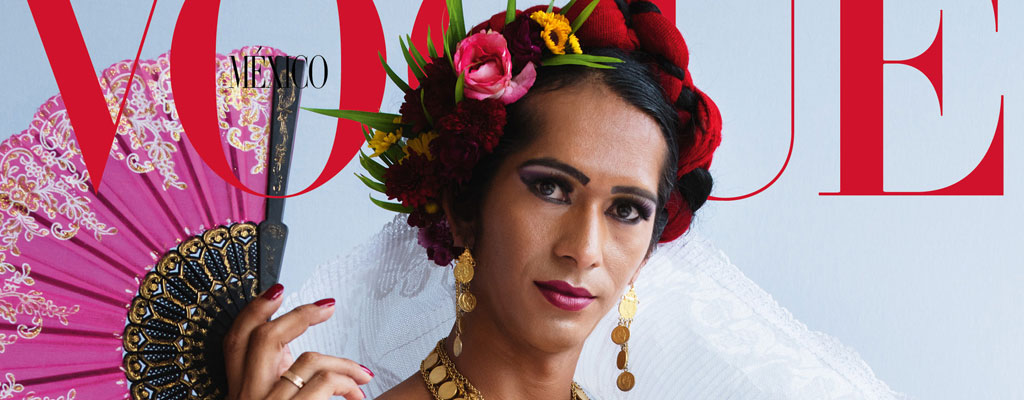
The Mexican and British editions of the well-known magazine present Estrella Vázquez, an indigenous muxe from Oaxaca.
The muxes, a community of transgender indigenous people who have been part of the culture of several locations in southern Mexico for hundreds of years, have jumped into the international focus thanks to the prestigious Vogue fashion magazine.
For the first time in its 120 years of history, the publication carries on its December cover an indigenous Muxe Zapotec, who, thanks to photographer Tim Walker, illustrates both the Mexican and British editions.
The cover photo shows Estrella Vázquez, 37, wearing a huipil, a traditional garment typical of the indigenous people of southern Mexico, embroidered with flowers of many colors and holding a pink fan in one hand.
“I think this is a great step,” said Vázquez in the city of Juchitán de Zaragoza, in the Mexican state of Oaxaca, where one of the largest muxe communities in the country is located.
“Imagine, everyone is watching this cover, everyone is congratulating me. I don’t know, I can’t explain the emotion I feel. I was about to cry,” she said excitedly.
Vázquez is a designer and weaver, in fact, many of the members of her community are dedicated to embroidery. I had never heard of Vogue, the prestigious fashion magazine based in New York (USA), until it was invited to the photo shoot that would lead to this historic cover. For her, it has been “like a bomb I didn’t expect.”
Who are the muxes?
Muxes have existed in this area of Mexico since pre-Hispanic times. Being muxe represents a duality. These are people who have been born with male genitals, but who assume female roles in any field. Most of them are considered transgender women, although some see themselves as gay men.
This group performs socially recognized functions and usually do not usually leave the family home, so they take care of their parents during their old age.



